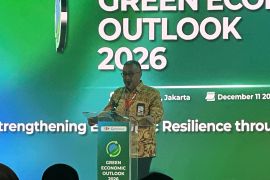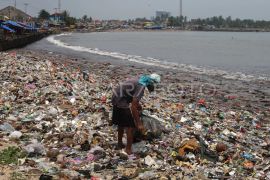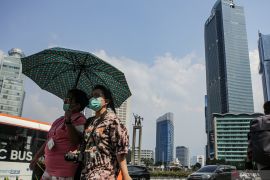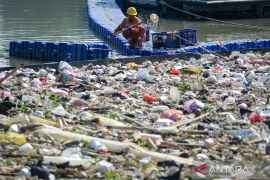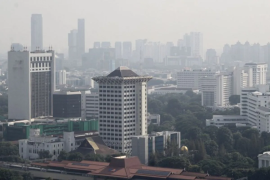"To date, Jakarta has 12 reference-grade SPKUs, and nine more SPKUs will be added this year," DLH head Asep Kuswanto informed on Thursday.
He said he hoped that the additional SPKUs will provide maximum air quality data that will serve as the main reference for all parties.
According to Kuswanto, by 2025, the provincial government is targeting to install 25 SPKUs in the city.
The SPKU placement in Jakarta is supported by other regulations to improve the city's air quality, including on low-emission zones, he said.
His party informed that in 2023, there was a significant decline in air quality compared to the previous years, which could be attributed to several factors, including low rainfall.
"Compared to 2022, PM 2.5 concentrations in 2023 was higher, especially in the dry season, influenced by the El Nino phenomenon, which caused low rainfall for a longer period (until October), which effect lasted until December last year," he explained.
Related news: Health centers asked to routinely measure air quality in Jakarta
On Thursday afternoon, the air quality in Jakarta showed improvement and moved to the "good" category in the ranking of the top 100 cities with the worst air quality in the world.
Based on data from the IQAir air quality monitoring site at 3:52 p.m. local time, based on the Air Quality Index (AQI), Jakarta was in the 67th place with a reading of 45, or in the "good" category, with PM2.5 air pollution and a concentration value of 11 micrograms per cubic meter.
When air quality is in the "good" category, with PM2.5 in the range of 0–50, it has no adverse effects on human, animal health, plants, or buildings.
Meanwhile, when air quality is in the "medium" category, with PM2.5 in the range of 51–100, it has no adverse effects on human or animal health, but can affect sensitive plants and aesthetic value.
Then, when air quality is in the "unhealthy" category, with PM2.5 in the range of 101–199, it can affect sensitive groups of people and animal groups or cause damage to plants or aesthetic value.
When air quality is in the "very unhealthy" category, with PM2.5 in the range of 200–299, it can trigger health issues among exposed population segments. When air quality is in the "hazardous" category, with PM2.5 in the range of 300–500, it can cause serious health issues in the population.
Related news: Banten, Jakarta, W Java commit to improving air quality: official
Related news: Gov't monitoring 32 industries suspected of polluting air
Translator: Siti Nurhaliza, Resinta Sulistiyandari
Editor: Yuni Arisandy Sinaga
Copyright © ANTARA 2024

